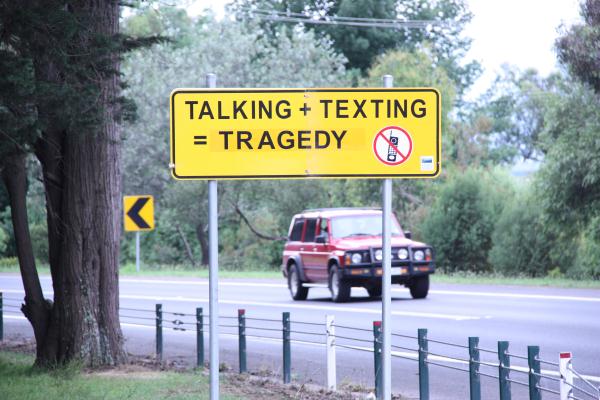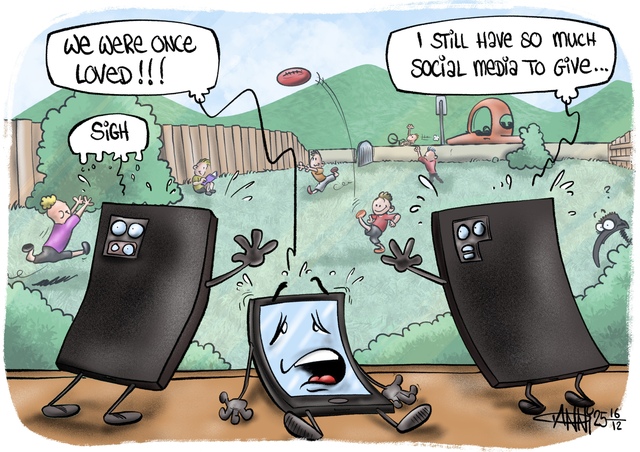THE laws around mobile phone use, talking and texting, are clear – it’s illegal
From November last year the stakes were raised for both probationary drivers, who are over-represented in serious road crashes according to VicRoads, and for more experienced drivers.
It became illegal for P2 drivers as well as P1 and learner drivers to use a mobile phone, either hand-held or hands-free, while driving.
That included when the car is stationary, but not parked.
Mobile phones and other mobile devices, such as DVD players or tablet computers, are major sources of distraction for this age group – especially while drivers are still building experience and developing skills.
There’s a lot at stake for these drivers.
Probationary licences who reach five demerit points are in danger of having their licences suspended.
The changes were not restricted to probationary drivers, however.
All drivers face tougher penalties for illegal use of a mobile phone or interacting with other units that have visual displays while driving that are not driving aids.
The penalties are four demerit points and a $433 fine.
The problem is distraction, and using a mobile phone while driving can be distracting.
Research shows that using a hand-held or hands-free mobile phone while driving that may involve manual or visual distraction increases the chances of being involved in a crash or near crash.
Using a hand-held mobile while driving includes not only talking and texting but playing games, taking photos or videos or using any other function on the phone.
While using a mobile is second nature to a whole generation of young drivers, and some older drivers, research shows that it can lead to riskier decision making, slower reactions, slower and less controlled breaking, wandering out across lanes and generally not being alert to surroundings.
It’s different to talking to a passenger.
If a dangerous situation develops, the passenger can stop talking and let the driver concentrate on driving.
On a mobile phone, the person on the other end of the line isn’t aware of the danger and will keep talking, creating a further distraction when the driver needs full concentration.
Text messaging while driving results in physical, visual and cognitive distraction.
Research shows that retrieving and sending text messages increases the amount of time a driver spends not looking at the road.
The driver’s eyes may be taken off the road for up to four times longer when text messaging compared to a driver who is not text messaging leading to incorrect lane changes, wandering, missing road signs and hazards such as pedestrians, cyclists and other vehicles.
Safe driving tips and the mobile phone
– Use Road Mode, an android app that prevents the driver from being distracted by the phone.
– Use voicemail.
– Pull over safely and park to make or receive a call.
– Plan breaks in your trip for phone calls.
– Tell family and friends not to call when you know you will be driving.
– Tell callers you are driving and may have to end the call.
– Don’t make calls in heavy traffic, poor road conditions or bad weather.
– Never look up phone numbers.
– Never read or send text messages.
A mobile phone can be important in an emergency.
If drivers need to use their mobile phone to call for help they should stop and park safely where they will not endanger other road users.
Visit www.vicroads.vic.gov.au for more information on safe driving.







